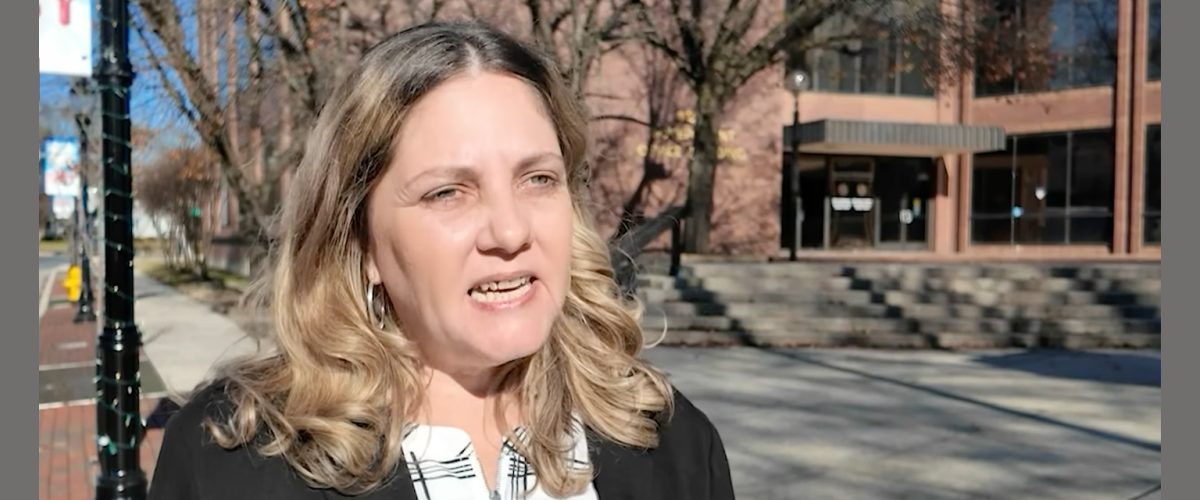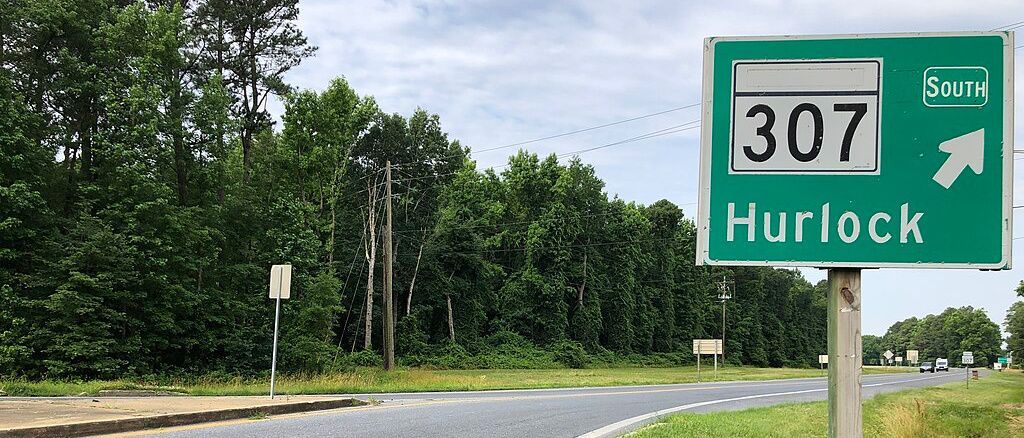What are the Chesapeake Bay's Marshes Worth? New Study Suggests Billions

Marshes on Assateague Island. Photo: Jan Plotczyk
Climate experts have long warned that rising seas could add more destructive power to hurricane-whipped storm surges. A new study centered on the Chesapeake Bay region suggests that another potential consequence of climate change could make that flooding even more devastating.
Large swaths of the marshes that stand guard along the coasts of Maryland and Virginia are expected to disappear beneath rising water by 2100. That loss will rob many low-lying communities of a critical natural buffer that protects them from storm surges, the wind-driven pulse of water that often causes widespread flooding during hurricanes.
Led by scientists at George Mason University in Virginia, new research details for the first time the possible human and economic toll of that one-two punch of sea level rise and marsh loss.
The bottom line: A strong storm could inflict billions of dollars in additional residential damage by the end of the century than the same storm would today. And hundreds of thousands more residents would likely experience flooding, according to the study.
Some cities are already investing in expensive flood-control measures, such as higher sea walls, but the new research demonstrates the effectiveness of a comparatively low-tech solution, said Margaret Walls, one of the study’s authors and a senior fellow at the Washington, D.C.-based nonprofit Resources for the Future. For instance, preserving higher land adjacent to marshes can give the plants somewhere to “migrate” as water rises, a conservation measure gaining traction around the Bay.
“If we have a loss of wetlands, then we have lost that protective service that those wetlands provided,” Walls said.
The study simulated the impacts that two real-life hurricanes would trigger in a hypothetical, climate-changed world.
Standing in for the “strong” storm was Hurricane Isabel. The 2003 storm stirred up 65 mph sustained winds and up to 8 feet of storm surge as it swirled into the Chesapeake, making it one of the fiercest hurricanes to slam into the region. For their “weak” storm, the researchers chose 1999’s Tropical Storm Dennis, which hit with 40 mph winds and a peak storm surge of 3 feet.
The team’s computer models suggested that a storm identical to Dennis in 2100 would generate more flooding and property damage than the more-powerful Isabel of today.
“Measly Dennis will become like Isabel in the future,” Walls said. “It’s exactly that storm, but because of sea level rise and fewer wetlands on the landscape, it causes more damage.”
In a worst-case scenario, in which the more powerful Isabel struck a Chesapeake with water levels 7.6 feet higher than today at the end of the century, the region would suffer billions of dollars in damage and potentially leave 2 million people flooded.
But a climate scientist not involved said that the study overestimates the damage. Don Boesch, retired president of the University of Maryland Center for Environmental Science, said that in the year-plus interim between when the study was completed and when it was published, new research has refined sea level rise estimates for the Bay region. (Boesch also serves as a member of the Bay Journal’s board of directors.)
Projections from the latest United Nations report on climate change released this summer puts the worst-case sea level rise projection for 2100 at a little more than 4 feet in the lower Bay — not the 7.6 feet worst-case model adopted by the George Mason researchers. It pegs the most likely amount of rise around the Bay at about 3 feet by the end of the century.
“The result is that while the authors’ conclusions about the increase in damage are directionally right, the quantitative differences are greatly exaggerated,” Boesch said.
Still, even the George Mason paper’s low-end sea level rise estimate of 2 feet, which is less than the new projection, predicts that the amount of wetlands around the edges of the Bay will decrease from covering 18% of the shoreline today to 13% of the area by 2100.
“The marshes provide friction,” said Celso Ferreira, a civil engineering professor at George Mason who worked on the study. “The plants themselves attenuate wave energy.”
With sea level rise alone, the total area flooded from storm surge would increase by 25% from a strong storm of today, the authors wrote. And what if marsh loss is calculated into the model? In that case, 40% more land will be inundated than now, their research shows.
“The big significance of the study is that, under our current management of coastal lands, we are likely to find future storms to be quite costly,” said Molly Mitchell, a coastal ecologist with the Virginia Institute of Marine Science, who wasn’t involved with the paper. “What the study doesn’t address, but must be part of the conversation moving forward, is how we can mitigate these future costs through collective and individual decision-making.”
As the paper suggests, preserving natural coastal features could make a big difference, Mitchell said.
The study puts the economic value of marshes in stark terms. A strong, Isabel-like storm today could cause $684 million in damage across the region, it stated. Accounting only for the impacts of 2-feet of sea level rise, the researchers estimated that a strong storm would cause about $1.4 billion in damage by 2100.
When they accounted for the acreage of marsh expected to be gone by 2100, the tally swelled to $2.5 billion.
In their worst-case scenario, the figure could jump to $13 billion and flood 2 million people.
The paper focused on the Maryland and Virginia counties touching the Bay or the tidal portions of the rivers that empty into the estuary. Because of the difficulty with valuing commercial and industrial properties, it calculated only residential damages, Walls said. The costs would be higher by untold billions of dollars if all types of development were considered.
The findings, Walls said, point to a future of painful choices for cities and states.
“Are you going to ask people to move? People are going to gradually move. That has happened in the Gulf Coast. You’re going to have to have some retreat from these areas,” she said. “I just think these are some of the hardest decisions in the climate [change] space.”
This article originally appeared in the Bay Journal.
Jeremy Cox is a Bay Journal staff writer based in Maryland.
Common Sense for the Eastern Shore







